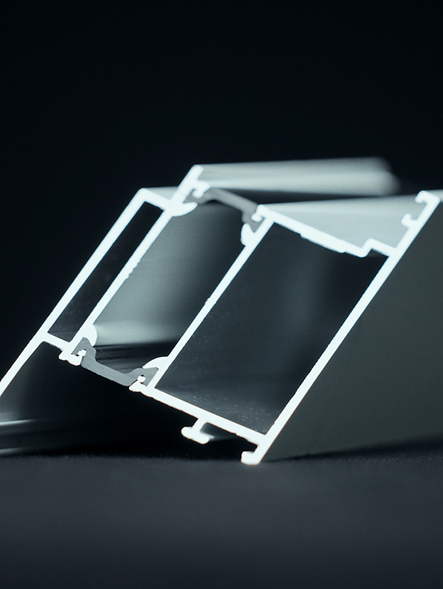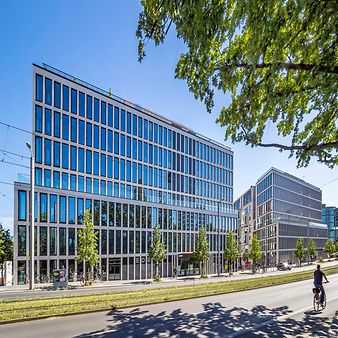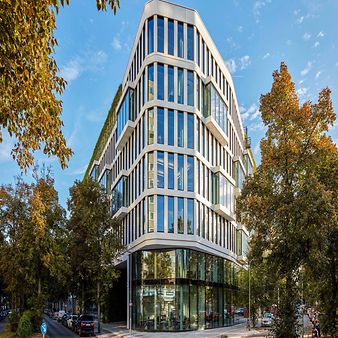
Schüco Carbon Control offers a modular solution concept for building investors, project developers and contractors. Our products minimise the carbon footprint of the building envelope throughout its entire life – from planning to dismantling. We accompany you along the CRREM path and help you meet the requirements of EU taxonomy, in order to prevent stranded assets.
In every phase, we help you keep control of CO₂ values, reduce investment risks and increase the value of your property portfolio. Our tools and services can be used to prepare the relevant certificates and documents in order to guarantee an efficient building, renovation and operation process – plus much more.
Our Carbon Control Consulting Team provides comprehensive advice for tackling complex management requirements and improving the CO₂ ranking of buildings. Invest in future-proof, high-yield and sustainable Schüco solutions.
Building-specific CO₂ reduction in all phases of construction: Schüco Carbon Control
What is an IoF ID?
What is an IoF ID?
The IoF (Internet of Façades) ID is a tag which digitalises all the units in a building envelope and can be read electronically. The data saved allows for resource-conserving operation and an increased system lifespan thanks to efficient maintenance work and product upgrades. Moreover, units are clearly documented for recycling at a later date and can be separated, sorted and fed back into the cycle.
What does Cradle to Cradle mean?
What does Cradle to Cradle mean?
Cradle to Cradle is a certificate for systems and product solutions that can be applied to comply with EU requirements for the circular economy, save CO₂ and conserve resources. It requires all materials used in a system to be fully fed back into the material cycle and recycled into new materials of a similar quality.
What does EU taxonomy mean?
What does EU taxonomy mean?
EU taxonomy means an EU-wide system for classifying sustainable business activities. Based on its criteria and measurement values, investors can work out whether a company does business sustainably or not. This means funding can be directed towards sustainable companies and technologies while supporting the EU Green Deal. EU taxonomy creates binding definitions for what sustainable business actually means. It is associated with concrete requirements not just for companies, but also for banks and their capital market products.
What does BREEAM mean?
What does BREEAM mean?
BREEAM stands for Building Research Establishment Environmental Assessment Method. It is a recognised, comprehensive system for assessing the sustainability of buildings, in use since 1990. It looks at energy and water consumption, construction methods and materials, the health and comfort of the user and the ecological impact of a building in every life phase and identifies potential for improvements.
What is an EPD?
What is an EPD?
EPD stands for "Environmental Product Declaration" and is a document that lists the environmental properties of a specific material. Ideally, it takes into account the entire lifecycle of the material. An environmental building assessment and certification can be carried out using this data, which is based on the GWP value of the material and construction.







